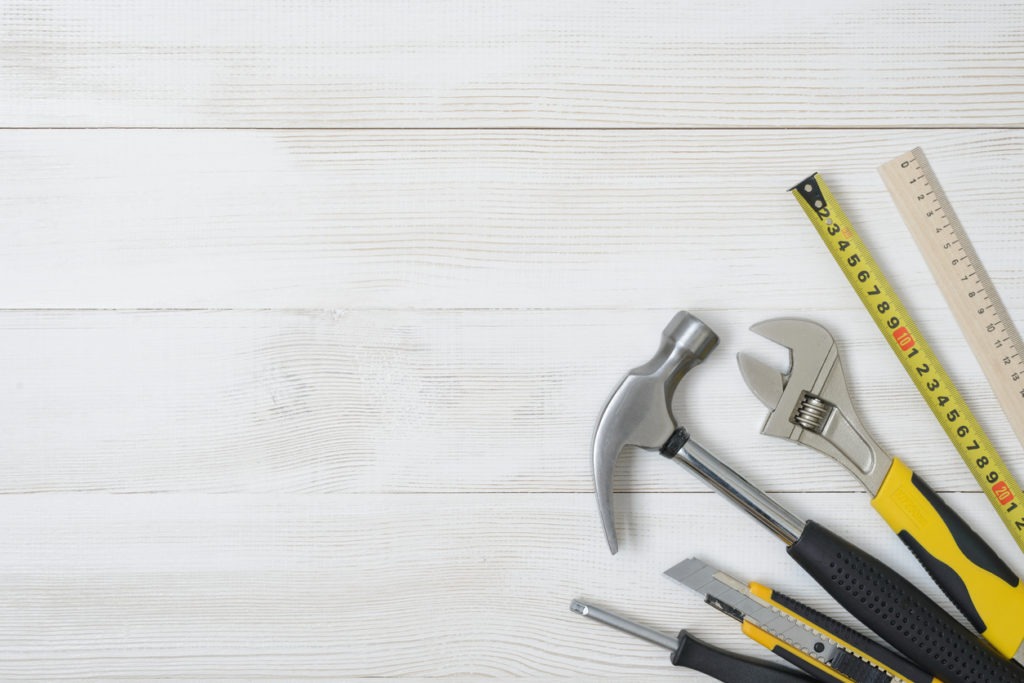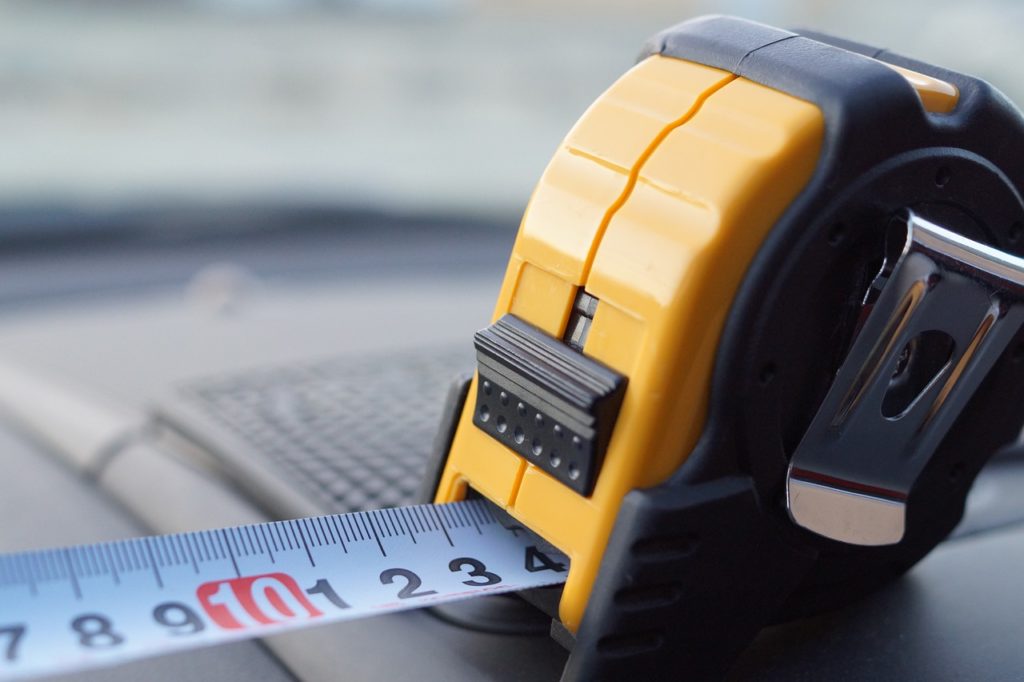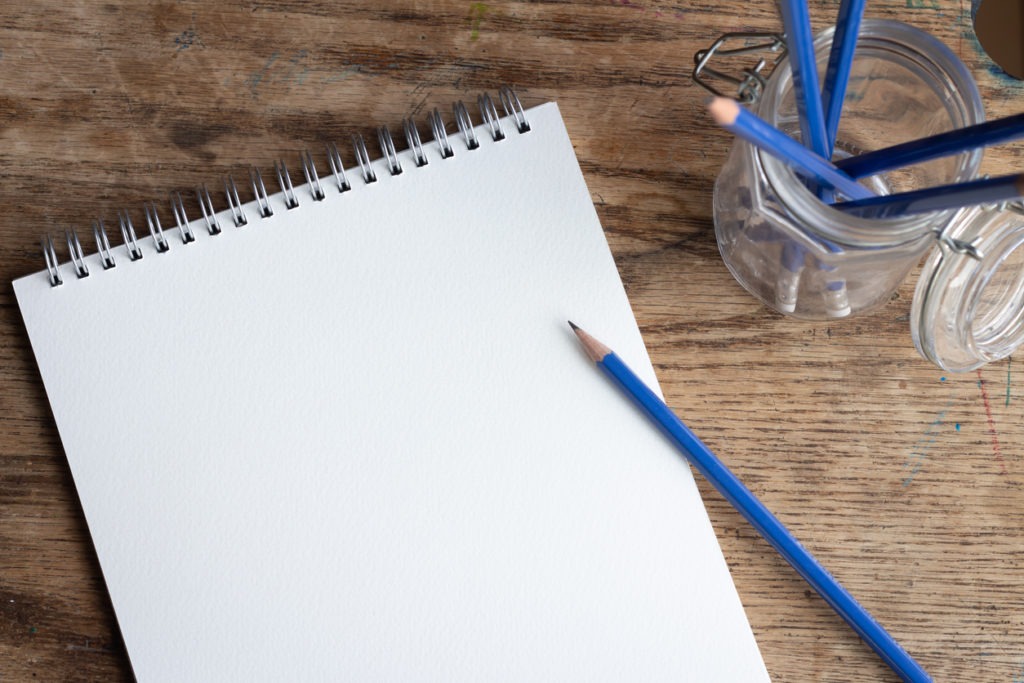You have just acquired a magnificent artwork. The artist spent years learning and honing their trade in order to produce this masterpiece. The gallery went to considerable lengths and cost to showcase the artwork in a beautiful environment. Now that you’ve brought your job home, you’re on your own.
The process of displaying new artwork may be daunting for many collectors. Many people are hesitant to add a new piece of artwork to their collection out of fear that they won’t know how to showcase it properly, will make a hasty decision about where to hang it, or that it won’t look as nice in their house as it did at the gallery.
The artwork we choose to display in our homes has a profound effect on the atmosphere we create there. This is our one and only chance to share the things that move us and make us happy. Of course, you’ll need some particular equipment if you want to display your artwork successfully.
Here is a list of essential items you’ll need to guarantee that your painting-hanging endeavor goes as well as possible!
1. Hammer
Having a solid hammer is important for more than simply driving nails; it might also be used to pull them out. Pick out a heavy-duty hammer for tough duties and a smaller, lighter one for more delicate tasks.
2. Tape Measure
Another useful tool is a good tape measure. A 12 or 15-foot tape should suffice since it’s unlikely that you’ll be measuring large walls or hanging artwork at unusual heights. It’s better to invest in a high-quality tape measure that will last than to settle for an inexpensive one that will break or clog quickly.
If you want symmetry, you need to measure exact distances (from the ground, ceiling, and walls).
3. Stud Finder
Before inserting a nail or screw, mark the outside borders of each stud using a stud finder. Whenever possible, avoid hanging objects on walls.
If you must hang a painting on drywall, use a drywall hanger and follow the instructions for drilling pilot holes and hammering in drywall anchors.
A stud is an effective technique to hold the weight of your item without having extra hardware. If there are no studs accessible or if the artwork is on the lighter side, wall anchors may be used.
4. Level
Instead of using your eyes to ensure that your images are hung accurately, use a bubble level. Use a longer bubble level with a magnetic edge and many angled level indications rather than a shorter one. A larger bubble level should be at least 12 inches long. The greater length contributes to an improvement in accuracy.
5. Pencil
When it comes to making marks on your wall, any pencil will do. In the event that you make a mistake, it is simple to erase. You may not need a writing instrument that is particularly sharp for this task.
6. Drywall Anchors
Some pieces of art, especially modern ones, may not fit in a traditional frame or may not be able to be hung with wire and hooks. If the weight of the item to be mounted is above 120 pounds, you may require a heavy-duty drywall anchor to mount the piece. There are several alternatives available.
7. Ladder Or Step Stool
You will need a ladder or step stool if you want to hang anything over head height. You should never use a chair since it is not nearly as solid as other options like ladders and step stools and does not distribute weight evenly. Chairs are far less stable than ladders or step stools, increasing the risk of an accident.
8. Painting Hook
A painting hook is the best way to make sure a canvas is hung correctly when you’re hanging paintings. Try to find very sturdy, tiny (nearly pin-sized) nails. Tiny holes will be made in your walls. Make use of painting hooks that are resistant to bending and can be reused in the event that the artwork has to be relocated.
9. Corner Filler and Nail Hole
Finally, it’s practically certain that you’ll ding up the frame every time you hang a piece of artwork. Rustic frames may withstand some abuse, but ornate frames are very susceptible to scuffs and scratches. The picture frame should be handled with care to prevent scratches and nicks, but it’s prudent to have a solution ready in case the unavoidable happens.
Nail hole and corner filler is available in a variety of colors and finishes and is used to conceal imperfections in a wood frame. The color won’t be a perfect match, but it’ll be near enough to hide the defect.
How to Properly Hang Artwork
You’ve had it framed, you adore it, and now you need to find a place to display it. Knowing the weight of each piece of artwork before hanging it can help you choose the best strategy. Make sure the nails, hooks, or wall anchors you want to use can adequately hold the frame by reading the manufacturer’s instructions.
However, before you start hammering anything into drywall, plaster, or even brick, there are a few things you should learn, such as what sort of hardware to use, how to determine the proper height, and how to locate a wall stud. Planning in advance is definitely worth the effort: it will save you from making holes in the wall that are unneeded, a costly error that may cost you both time and money.
Consider The Wall’s Finish
- Brick: A wall anchor is required for brick walls. To avoid damaging the bricks themselves, drill into the mortar using a masonry bit.
- Drywall: If the wall you’re working on is made of drywall, you’re in luck. It’s the easiest material to deal with since it is so simple to penetrate. If you want to hang anything securely, you should look for a wall stud instead of relying on the drywall itself. To hang artwork without access to a stud, drywall anchors are an essential accessory.
- Plaster: These walls (typically seen in older houses) are more difficult to work with since they tend to crumble. Approach the procedure in the same manner you would if you were working with drywall: Consider studs as the most stable anchors. Just keep in mind that pre-drilling your hole is always a smart idea when hanging artwork on a plaster wall. Before drilling, apply a strip of painter’s tape to the wall to prevent it from crumbling.
Determine How High to Display Art
The golden rule of hanging art might help you choose where on the wall your piece should go. The ideal height for the piece’s center is 57 inches. That’s the standard height at which artwork is displayed in museums and galleries, since it is nearly level with the typical viewer’s eyes.
Level Your Artwork
A professional-looking art display also requires that your art display be level. To begin, choose the height you want your finished frame to be and make a mark on the wall. If you want the artwork to hang straight, use a level to find a level spot and then tape that spot using painter’s tape.
Lastly, Mount Your Artwork.
The time has come to hang your artwork. Once the object is mounted to the wall, check its alignment using a level and make any required adjustments.
In Conclusion:
The process of hanging artwork may be quite enjoyable. If you have these essential items, there’s no reason why you can’t hang art and take care of your collection like a pro.
Never be afraid to call on the experts for help if you ever find yourself unable to hang artwork. No hanging obstacle is impossible to overcome.
Have fun with your new artwork!




